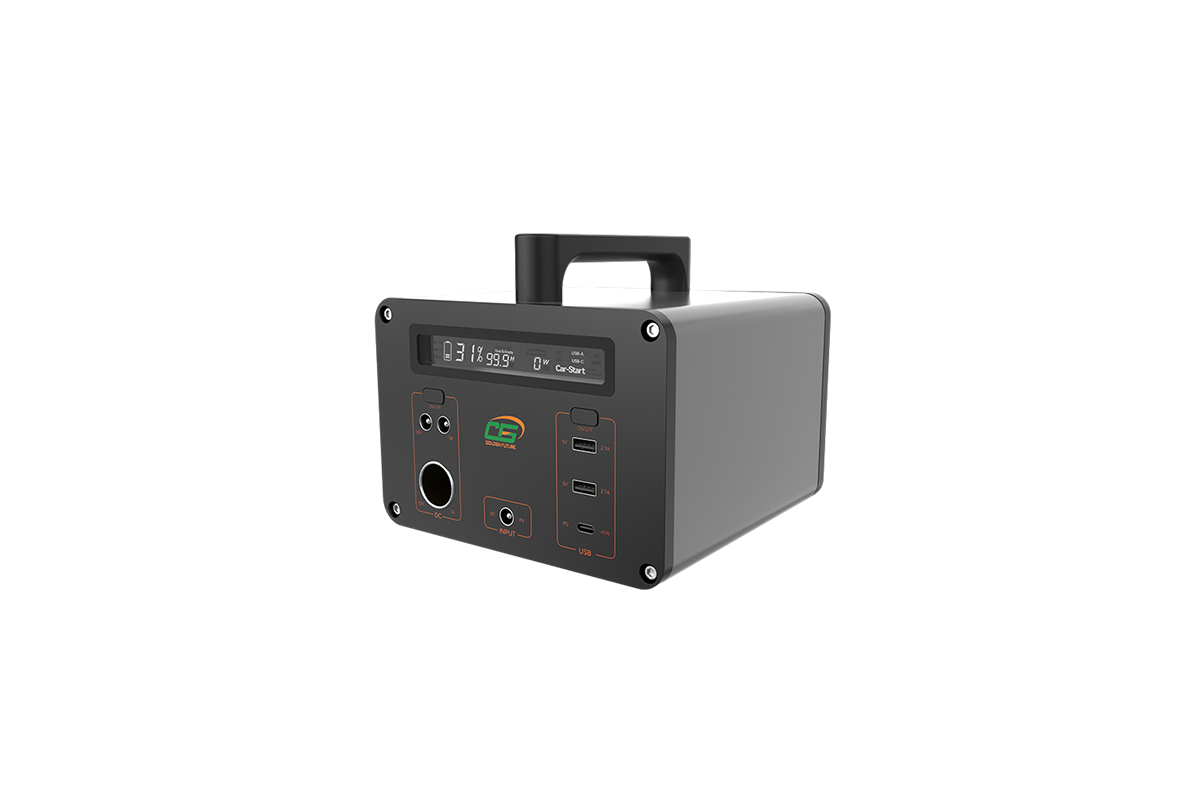

Time:2025-07-02 Views:1

Lithium polymer batteries have gained significant popularity in various electronic devices due to their high energy density, flexibility, and lightweight nature. One of the remarkable properties of these batteries is their high reductive resistance, which is crucial for ensuring their stable performance and longevity.
The high reductive resistance of lithium polymer batteries is primarily attributed to their unique chemical composition and structure. The electrolyte used in lithium polymer batteries is often a gel - polymer electrolyte, which contains a lithium salt dissolved in a polymer matrix. This electrolyte formulation provides several advantages in terms of reductive resistance. Unlike traditional liquid electrolytes, the gel - polymer electrolyte has a more stable structure, reducing the risk of chemical reactions that could lead to reduction processes.
The polymer matrix in the electrolyte acts as a physical barrier, preventing the direct contact between the lithium metal anode and the electrolyte in a way that could trigger unwanted reduction reactions. Moreover, the choice of additives in the electrolyte can further enhance the reductive resistance. These additives are designed to form a stable solid - electrolyte interface (SEI) layer on the surface of the anode. The SEI layer serves as a protective film, selectively allowing lithium ions to pass through while blocking the passage of other reactive species that could cause reduction - related degradation of the battery.
In addition, the cathode materials used in lithium polymer batteries are carefully selected to have good compatibility with the electrolyte and high resistance to reduction. For example, lithium cobalt oxide (LiCoO₂), lithium nickel - manganese - cobalt oxide (NMC), and lithium iron phosphate (LiFePO₄) are commonly used cathode materials. These materials have well - defined crystal structures and electrochemical properties that minimize the occurrence of reduction reactions during battery operation.
The high reductive resistance of lithium polymer batteries not only improves their cycle life but also enhances their safety performance. By preventing excessive reduction reactions, the risk of thermal runaway, short circuits, and other safety hazards associated with battery degradation is significantly reduced. This makes lithium polymer batteries a reliable power source for a wide range of applications, from consumer electronics to electric vehicles.
Read recommendations:
Lithium-Ion Energy Storage Batteries for Electric Vehicle Charging Stations